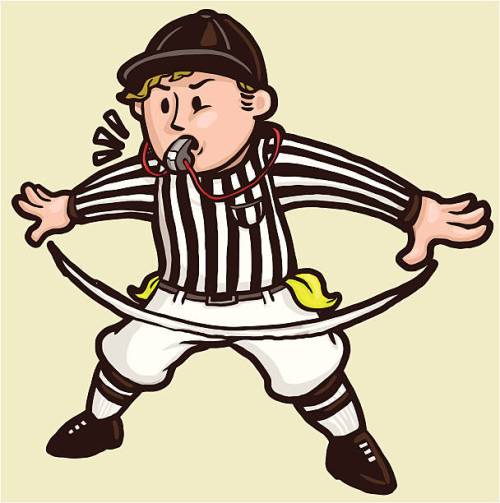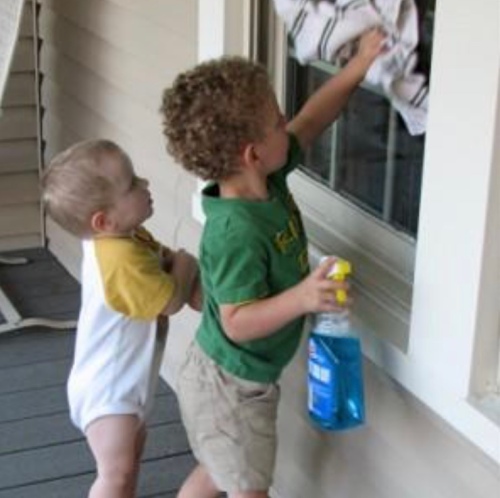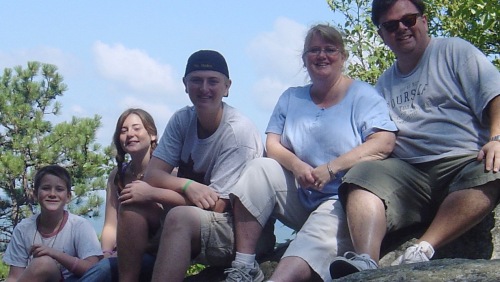Helping Your Child Minimize Stress
You may be thinking, What does a child have to be stressed about? And that’s a reasonable question. They have no bills to pay, no promotions to worry about, no households to manage. Yet 20 percent of children ages 8 to 17 report worrying a lot, while only 3 percent of their parents think their children experience excessive worry. Those same groups reported 44 percent dealt with persistent insomnia, with only 13 percent of their parents aware of their children’s sleeping difficulties.
It turns out kids do experience stress, and usually more than we realize. They have bosses to please (teachers, parents, coaches), projects to manage to completion (schoolwork), and interpersonal relationships to navigate (peer pressure, bullying). Plus, children are sensitive and often ‘catch’ stress from those around them, sometimes feeling anxiety over situations they don’t even understand.
So what can we do to help alleviate the stress in our children’s lives?
When mentoring stressed-out children, I often refer to the Circles of Influence. This concept by Stephen Covey is very helpful to kids, because it’s highly visual and easy to understand and remember. Let me explain.
Every child has a big circle of things in their life that cause worry: the new kid they think doesn’t like them, the ever-present expectation to make good grades, the fact that other gamers are better at Minecraft than they are. The list is, literally, endless! And remember, real stress (I don’t know where my next meal is coming from) and imagined stress (Did she look at me funny?) are all the same to our children’s brains. This big list of real and imagined stress is the Circle of Concern – stuff we spend time worrying over but can’t do a single solitary thing to change. Focusing on these concerns is a waste of time and emotional energy, and causes unnecessary and unproductive stress.
Instead, coach your child to spend time in the Circle of Control! These are areas they caninfluence, change, and improve. Even kids can learn this important skill. New kid might not like you? Take control – choose to be intentionally kind and helpful. Need to make good grades? Take control – proactively set aside adequate time to do homework and study, or ask a classmate or teacher for help. Frustrated that your Minecraft skills are lacking? Take control – find something else to do that you’re better at. Or embrace the notion that it doesn’t need to be a competition, enjoy Minecraft just for fun, and learn to celebrate the successes of others. There are a gazillion examples.
The first step, dear parent, is to create an environment where you and your child can be honest with each other and have some of those deeper conversations. So often, kids disappear into their electronics, and once on social media it’s all about comparing and competing. Everyone looks better and seems to have it together more. Then the child becomes quiet, withdrawn, gives short answers, and disappears into a world where the stress slowly builds and festers. Your job, like any good life coach, is to provide the tools and accountability for success.
Not long ago I had a student in my office to discuss his recent plagiarizing. All my students have heard the plagiarizing talk numerous times, no there’s no misunderstanding the severe implications of passing another’s work off as one’s own. When I questioned the student to understand why he had made such an egregious decision, he insisted that he HAD to! Busy with extracurricular activities, family responsibilities, and relationships, his plate was full. Copying word-for-word material from the internet was (he thought) the only option. I described the Circles of Influence, and how he had them reversed in his brain. With a little coaching, he began to see how he did have control over more than he realized, and could make more effective choices.
Make a plan to discuss the Circles of Concern and Control with your child – even today! He may be silently longing for some relief and support. And even more effectively, apply the Circles to your own life and show your child how it’s done. Together you can learn how to lower the stress levels and increase the happiness in your home. Have fun!
Statistics are from the American Psychological Association

 Summertime is a lot of fun for families. Schedules tend to be more flexible, there are vacation trips, exciting adventures, and more time to enjoy living. While most of these qualities are terrific, with a change in routine sometimes comes accompanying hazards. We are creatures of habit, after all. We want your summer experience to be completely positive with no mishaps, so here are some ideas to help keep your kids safe. You’ll notice that these approaches will flow seamlessly into the fall after school restarts as well. Read on, and be careful out there!
Summertime is a lot of fun for families. Schedules tend to be more flexible, there are vacation trips, exciting adventures, and more time to enjoy living. While most of these qualities are terrific, with a change in routine sometimes comes accompanying hazards. We are creatures of habit, after all. We want your summer experience to be completely positive with no mishaps, so here are some ideas to help keep your kids safe. You’ll notice that these approaches will flow seamlessly into the fall after school restarts as well. Read on, and be careful out there!








